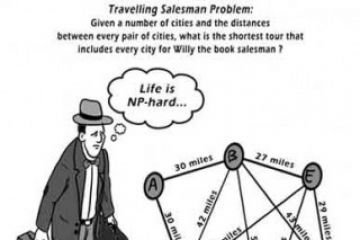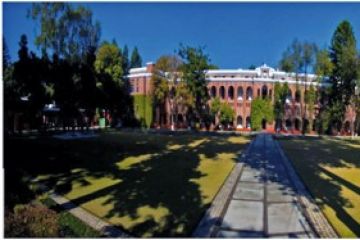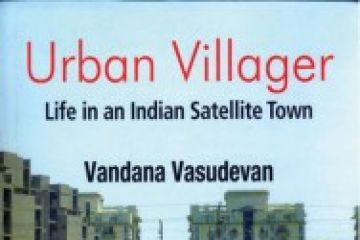
Take away his face and you can make a man whatever you want him to be. When the individual is gone, what remains is a sort of generalised persona. In advertiser’s terms we have a perfectly plastic shell that can be shaped to whatever end we have in mind. We can provide a set of attitudes and sell it, like Brand X, an inferior product against which the real thing shines, or the ideal towards which all should aspire. This is where iconic figures like Uncle Sam, John Bull, the American doughboy, G





